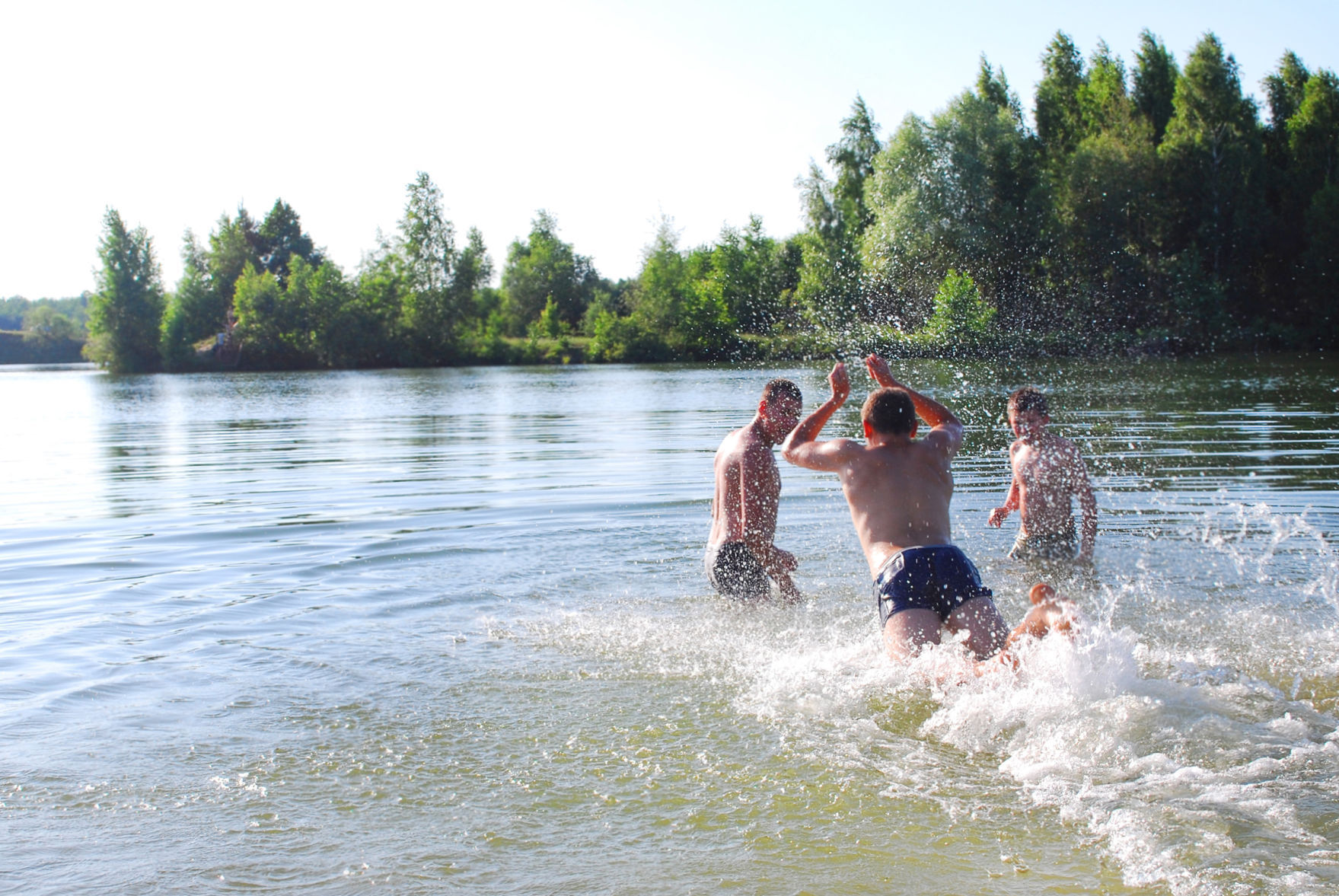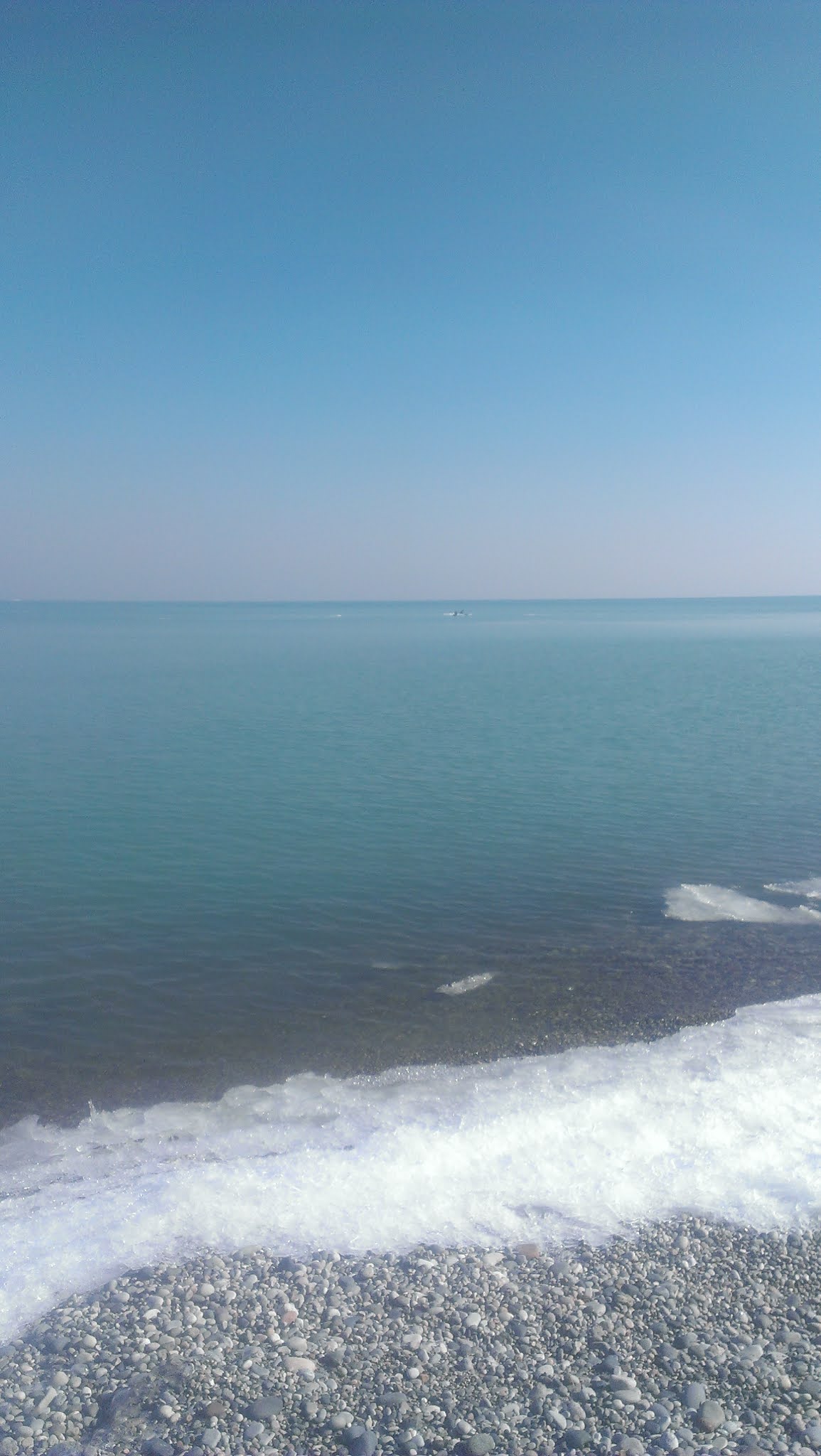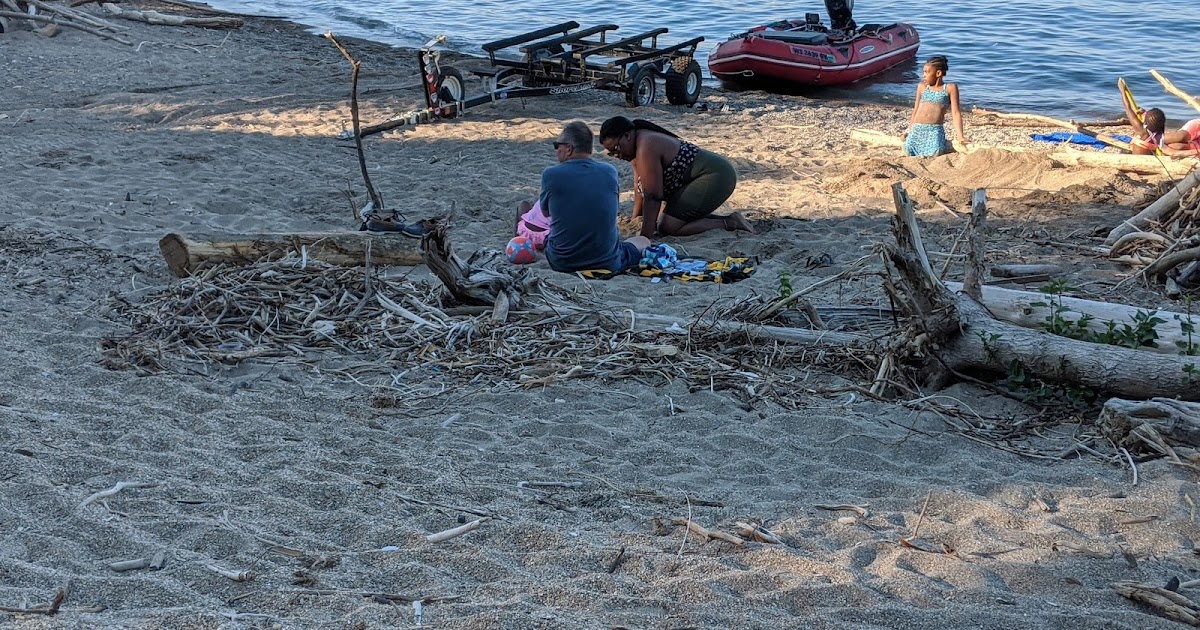

We were also the first lake association to obtain a major grant ($200k) from the State of Michigan Department of Commerce (mid-80’s) to support these programs. GLA was one of the first lake associations in the nation to live trap and relocate Merganser broods (two campaigns spanning ten years) with the help of SICON, LLC which was able to obtain the necessary state and federal permits. Our research in the mid 80’s helped define the life cycle of swimmers itch on Glen Lake, i.e., one snail species and one bird species. The Glen Lake Association (GLA) has a 30-plus year effort in the research and control of swimmer’s itch. History of Glen Lake’s Swimmer’s Itch Management Programs


If you have a rash, try the following for relief: Most cases of swimmer's itch do not require medical attention. If itching is severe, your health care provider. Scratching may cause the rash to become infected. What should I do if I have symptoms of swimmer's itch? Be aware that swimmer's itch is not the only rash that may occur after swimming in natural water. The more often you swim or wade in contaminated water, the more likely you are to develop symptoms. Itching may last up to a week or more, but will gradually go away. Scratching the areas may result in more infections. Small reddish pimples appear within twelve hours. Within minutes to days after swimming in contaminated water, you may experience tingling, burning, or itching of the skin.
#Lake michigan swimmers itch skin

How does water become infested with the parasite? Also, they are less likely to towel dry themselves when leaving the water. Children are most often affected because they tend to swim, wade, and play in the shallow water more than adults. Larvae are more likely to be present in shallow water by the shoreline. Who is at risk for swimmer's itch?Īnyone who swims or wades in natural water may be at risk. Swimmer's itch is found throughout the world and is more frequent during summer months. Swimmer's itch, also called cercarial dermatitis, appears as a skin rash caused by an allergic reaction to certain parasites found in lakes, rivers, ponds and oceans.


 0 kommentar(er)
0 kommentar(er)
